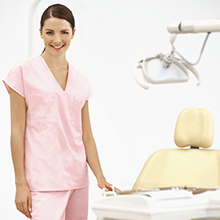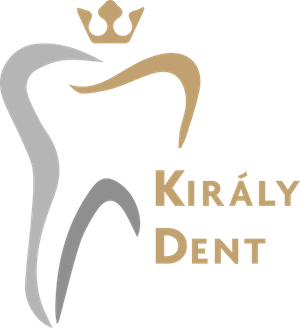Sedation, dental anesthesia
Most of the patients have a fear of dental treatment which can make it hard to execute treatments so we give our patients the opportunity to have any of our dental treatments and oral surgery in anesthesia.
Duties before anesthesia
In every case when the patient decide to have anesthesia they have to go through a general examination which includes blood test, electrocardiogram and chest X-ray. It takes place a few days before the procedure. Our anesthesiologist will check the laboratory evidence. I case of any problems further examinations will be held. The patient needs to be in good health so the anesthesia will be postponed if the patient has a cold, temperature or flu.

Eating, drinking and smoking are not allowed within 6 hours to the procedure. The anesthesiologist is responsible for keeping the patient painless and maintain vital life functions. After having medicine to help the patient to be relaxed, anesthetic will be given through vein. The discomfort of the needle is the most unpleasant part of the procedure but only lasts for a brief moment. Anesthetic helps the patient to be completely unconscious and with no memory of the procedure. Once the patient is asleep the anesthesiologist inserts a long, sterilized tube in the patient’s nose which is gently extended into the trachea. The trachea connects the nose with the lungs so oxygen and anesthetic will be continuously provided. This is a safe, reliable method of assuring adequate breathing. During the procedure our anesthesiologist work together with the dentists and closly monitor the patient’s blood pressure, breathing, heart rate and other vital body functions. After anesthesia the patient will be taken to the recovery room. The dental treatment with anestesia can not last longer than 1.5-2 hours. If it requires more time it is highly recommended to arrange more appointments for anesthesia.
After dental anesthesia
After having a dental treatment in anestesia we suggest to have a 4-6 hours sleep int he recovery room. A nurse will check on the patient and if he/she is free any of the side effects he/she will be released with his/her company. It is not allowed to drive or use any household applianceson the day of procedure.
Risks of anesthesia
Major side effects and other problems of anesthesia are not common. But all anesthesia has some risks like any other procedure for example hypersensitivity to used medicines. Using modern anesthetic method with the newest medicines, breathing machine and anesthesia machine with built-in monitor can provide the maintenance of breathing, circulation and other vital body function. We work with qualified anesthesiologist who are experinced and highly skilled. They stay with the patients for the entire procedure, constantly monitoring every important function of the body to ensure the maximum safety and comfort of our patients.

